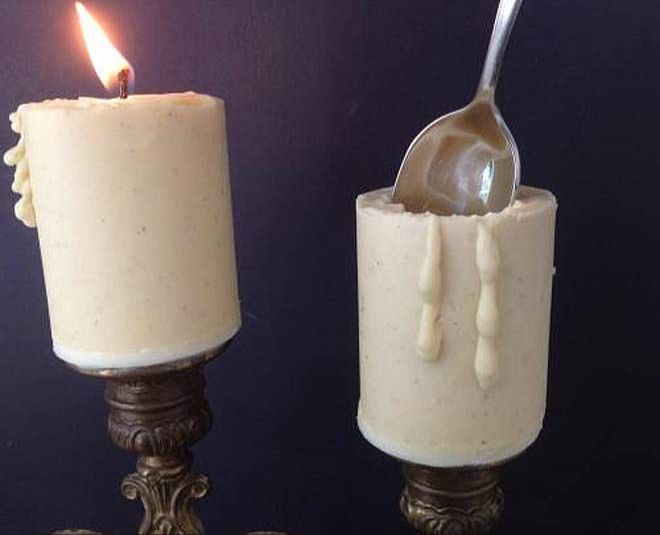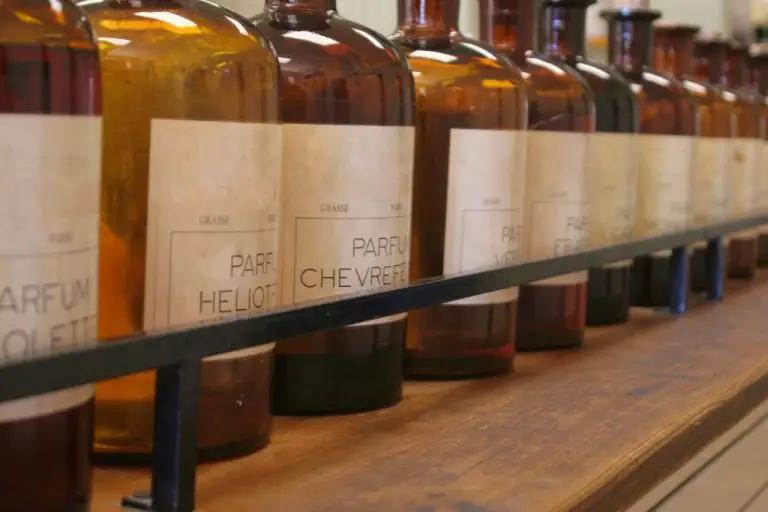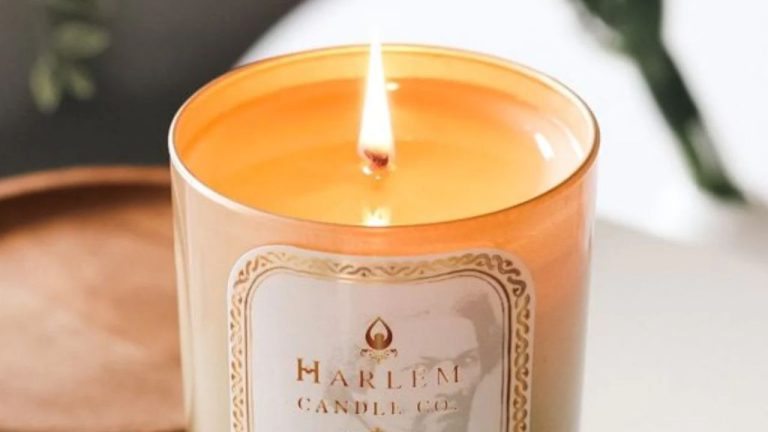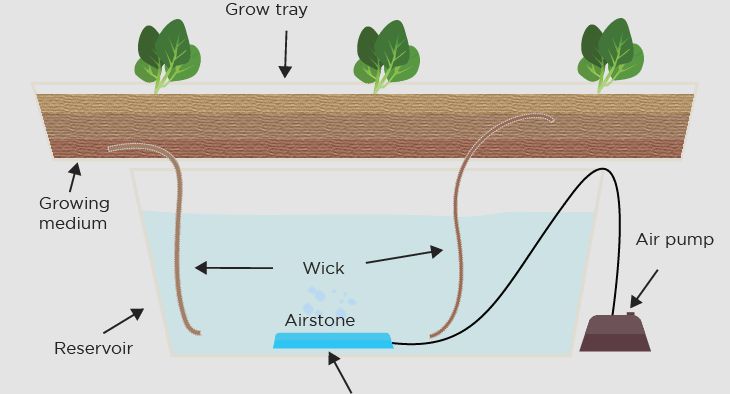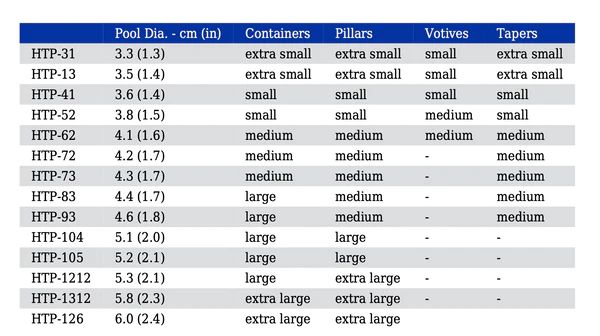Does Wick Length Matter?
A candle wick is a specially designed string that is embedded into wax or wax-like substances to deliver fuel to the flame. The wick’s primary purpose is to draw liquid wax up from the candle’s reservoir to the top where it can be ignited and emit light. As the candle burns, the wick slowly dissolves while continuing to deliver wax fuel to sustain the flame. Properly sized and constructed wicks are essential for candles to burn in a controlled manner and fully utilize all the wax in the candle.
Wick Composition
Candle wicks are typically made from materials that are designed to burn slowly and evenly. The most common materials used are:
– Cotton: Cotton is one of the most popular wick materials. It has a medium wick stiffness and burn rate, making it a good all-purpose choice.
– Paper: Paper wicks are very thin and are used for container candles. They burn evenly and leave little ash.
– Wood: Wooden wicks are made from natural wood splints or bamboo cores. They make a crackling sound when lit and can enhance fragrance.
– Zinc or tin: Metal-core wicks provide stiffness and memory to maintain an upright wick. They also burn cleanly without leaving residue.
– Natural fibers: Other natural materials like hemp, beeswax, or palm fibers may be woven into wicks. These tend to have a slower burn rate.
– Synthetic fibers: Polyester, rayon, or nylon fibers may be blended into wicks to modify burn rate, rigidity, and ash content.
Wick Length Considerations
When it comes to wick length, there are pros and cons to both long and short wicks that should be considered:
Pros of Long Wicks:
- Long wicks allow the wax to climb higher, resulting in a larger flame.
- The larger flame can fill the room with more fragrance as the wax pool heats.
- Long wicks are good for large diameter candles or candles with a wider wax pool.
Cons of Long Wicks:
- Long wicks may curl over into the wax pool as they burn.
- Excessive soot can build up on the candle and container.
- Large flames increase risk of triggering the smoke alarm.
- With very long wicks, the flame may get too large and become a fire hazard.
Pros of Short Wicks:
- Short wicks tend to stand upright rather than curling over.
- Less soot buildup occurs on the candle and in the room.
- Smaller flames are less likely to set off smoke alarms.
- Short wicks reduce risk of excessively large flames and fire hazards.
Cons of Short Wicks:
- The wax pool and fragrance throw may be smaller.
- Wax may clog or extinguish the wick as it burns down.
- May need to trim the wick frequently to maintain a flame.
- Not suitable for large diameter candles or wide wax pools.
Wick Trimming
Trimming a candlewick before the first burn is an essential step for achieving an optimal flame. Wicks often come in the package excessive long for many candles to ensure it is long enough for various setups.
The wick should be trimmed to 1⁄4 inch before lighting to reduce mushrooming, soot, and excess smoke. Use a wick trimmer, small scissors, or nail clippers to snip the wick to size before the initial burn. Be careful not to cut the wick too short, as this can impede the capillary action that draws wax up to fuel the flame.
It’s also crucial to trim the wick to 1⁄4 inch before each subsequent burn. This removes the black carbon “mushroom” that forms on top of the wick after blowing it out. Left untrimmed, mushrooming obstructs wax from reaching the wick which leads to tunneling, poor scent throw, and smoke.
Testing Wick Length
When testing different wick lengths, it’s important to keep everything else constant – the wax type, diameter, and environment – so you can accurately assess how wick length impacts burn time, hot throw, and other performance factors. Here are some methods for testing wick length:
Single Wick Burn Testing: Burn a series of candles, each with the same specs but different wick lengths, one at a time. Record details like melt pool size, burn time, mushrooming or sooting. This allows you to directly compare results.
Multi-Wick Testing: Place candles with different wick lengths in identical jars and burn simultaneously. Observe melt pools, flame height, how the flames interact. This helps see differences in real-time.
Burn Testing with Instruments: Use thermocouples, data loggers, or a candle lamp analyzer to precisely measure metrics like melt pool temperature, flame height, melt pool diameter. Quantify and document results.
Scent Testing: Evaluate hot throw with different wick sizes. Burn identically wicked candles in separate rooms and compare fragrance intensity.
Jar Diameter Tests: Use a single wax type but vary jar diameter and wick size to find the ideal pairings. Useful for finding optimal wicks for your specific vessels.
Performance Testing: Test how wick length affects key metrics like burn time, wax pooling, and reduction in issues like sooting. Useful for optimizing for your target burn length.
Each testing method provides unique insights into how wick length impacts candle performance. Using a combination of single wick testing, side-by-side burning, instrumentation, and scent and performance testing allows comprehensive wick length optimization.
Diameter Considerations
There is an important relationship between wick length and candle diameter that must be taken into account. The diameter of the candle jar or container determines how far down into the wax pool the wick needs to be in order to properly draw up melted wax via capillary action. This is because a wider diameter means a larger wax pool area that needs to be heated and liquefied.
For example, a large 3-inch diameter pillar candle will need a longer wick than a standard 1-inch diameter votive candle, in order for the wick to reach all the way down into the melted wax pool. This is key for getting a full melt pool and even burn. Too short of a wick in a wide candle, and the wick will become drowned and snuffed out in the deep wax pool. Too long of a wick, and it may cause issues like sooting.
As a general rule of thumb, the wick length should be approximately 1/4 the diameter of the candle. So a 2-inch diameter candle would need roughly a 0.5 inch wick in order to draw up wax properly across the full melt pool. Testing wick lengths relative to the specific wax and wick material is the best way to optimize this ratio.
Wax Type Considerations
The type of wax used in a candle can significantly impact the ideal wick length needed for optimal burn. This is because different wax types have different melting points, viscosity, and capillary action which affects how the melted wax travels up the wick.
For example, soy wax has a lower melting point than paraffin wax. This means soy wax becomes liquid more quickly. Soy wax also has higher viscosity than paraffin. The thicker, more viscous liquid of soy wax may not travel up the wick as easily. Therefore, a longer wick is often required for soy candles to ensure the wax melts and travels up the wick properly.
Beeswax and palm wax have higher melting points than soy or paraffin. Their thicker crystal structure when solid requires a shorter, sturdier wick to fully melt the wax pool once lit. Too long of a wick with these harder waxes can lead to excess smoking or a distorted melt pool.
The additives and fragrance oils used in a candle wax blend can also impact wick length needs. Some additives make the wax more viscous while others enhance capillary action. Testing wick lengths with different wax types and blends is important to find the right balance for optimal candle burning.
Safety
When it comes to candle safety, wick length is an important factor to consider. Excessively long wicks can pose a fire hazard.
As the candle burns down, the wick becomes longer and is exposed to more oxygen. This allows the wick to burn hotter and faster. If the wick grows too long, the flame can get out of control and become too large for the wax pool. This raging flame can quickly ignite the entire candle, candle holder, and surrounding objects.
To prevent dangerous, sooty flames, trim your wicks to 1⁄4 inch before lighting. Trim the wick again each time before relighting to maintain the proper 1⁄4 inch height. Avoid leaving burning candles unattended.
Shorter wicks 1⁄4 inch or less produce a lower, cooler flame that is safely contained by the wax pool. This slow-burning flame minimizes smoke, soot, and the risk of fire. A shorter wick is safer for you, your home, and the environment.
The proper wick length provides the ideal conditions for complete wax consumption and fragrance release. With the right trim length, you can enjoy your candle safely from the first light to the last.
Aesthetics
The length of the wick can impact the aesthetics and appearance of the candle in several ways:
Tall wicks create a bigger flame and more wax pooling. This can be visually striking, but too much wax pooling is messy. Finding the right wick length helps maximize ambiance while minimizing excess melted wax.
Long wicks that bend over can look unruly and cluttered. Trimming the wick helps it stand upright for a tidier, more elegant look.
Thick wicks paired with narrow jars or containers can make the wick appear crowded or domineering. Adjusting wick length and diameter promotes harmony between the candle vessel and the flame it holds.
Overly long wicks tend to smoke more. This can create an unpleasant visibility around the candle that detracts from its appearance.
The proportion of wick to wax pool size impacts the visual balance of the candle. Wick length adjustments can create a more seamless and appealing aesthetic.
In summary, tweaking wick length allows candle makers to finesse the candle’s look and ambiance for a customized, intentional appearance.
Conclusion
In summary, wick length plays an important role in candle burning and performance. Shorter wicks tend to provide a smaller flame and less fragrance throw. They are suited for containers with narrow openings. Longer wicks produce a taller flame and more hot wax pooling. But wicks that are too long will produce excessive smoke and risk accidental fires.
The proper wick length depends on the candle’s diameter, wax type, additives, and desired characteristics. Testing different wick lengths with the specific wax and container is recommended to find the optimal balance of hot throw, melt pool, and burn time.
Trim wicks to 1⁄4” before each lighting to maintain performance. Follow manufacturer guidelines on wick sizing. Adhere to safe wick lengths that don’t exceed container dimensions. Aesthetically, wicks should be trimmed to 1/8” to 1/4″ to avoid black smoke.
With some experimentation, the ideal wick length can be found for your specific candle to produce the perfect flame.

